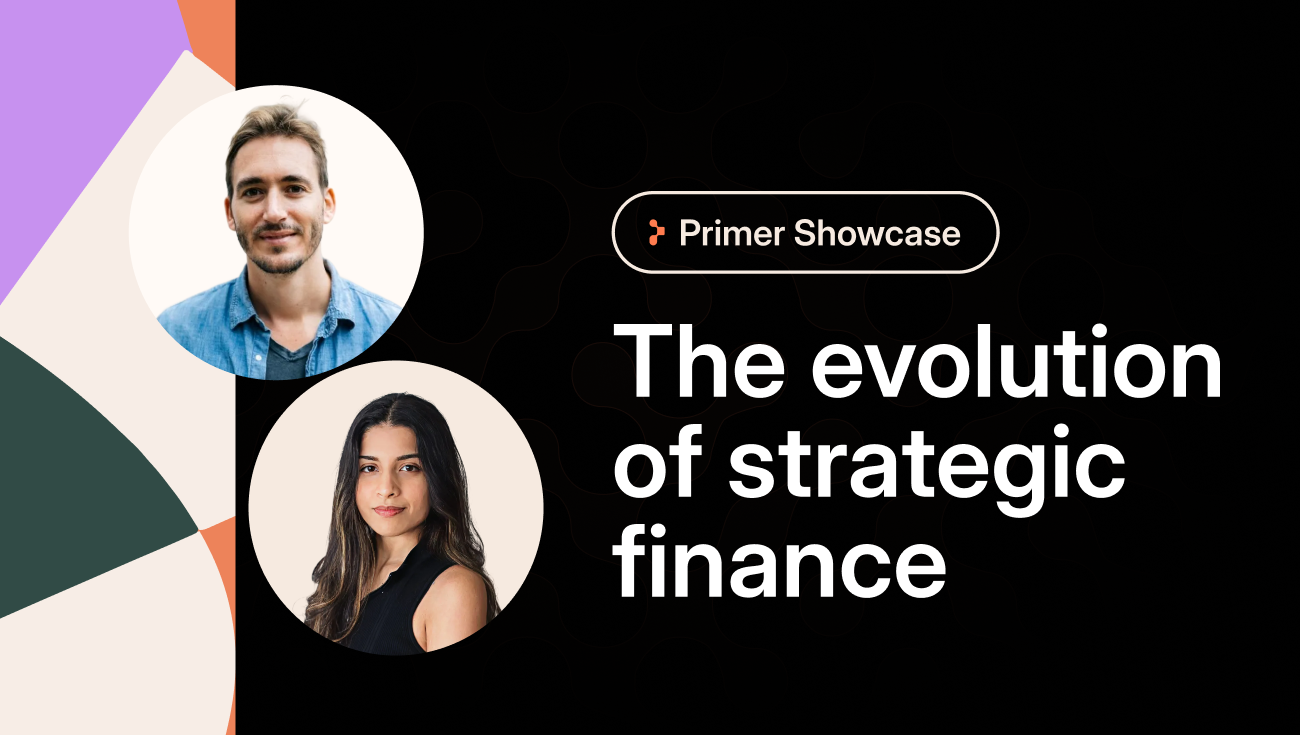To add multiple payment methods quickly, merchants should utilize a payment orchestration platform like Primer that centralizes integrations, handles complexity behind the scenes, and enables non-technical teams to activate new options without requiring developer involvement.
Instead of integrating each method one by one—losing time, money, and momentum—you can connect once and manage all payment methods from a single dashboard. Primer is a fast and flexible way to add and manage Apple Pay, Klarna, PayPal, iDEAL, and dozens more with no code required.
This guide will walk you through the process of adding multiple payment methods quickly as a merchant.
1. Choose a payment gateway or processor that supports multiple methods
Most traditional payment gateways support cards by default. Some offer access to a few additional methods (like PayPal or Klarna). This might seem like an easy starting point, but there are tradeoffs.
The downsides:
- Limited coverage: Many PSPs only support a small subset of methods, especially outside core markets.
- Slow rollouts: Adding a new payment method often requires custom integration and certification.
- Inflexibility: You can’t easily control how and when to show payment methods (e.g., by region, device, or customer type).
- Siloed data: If you’re using multiple PSPs to offer more methods, reporting and reconciliation quickly become fragmented.
If your growth plans include expanding into new markets, adding BNPL or digital wallets, or reducing failed payments, this approach won’t scale well.
2. Use a payment orchestration platform like Primer
A payment orchestration platform (POP) sits above your PSPs and payment methods, giving you full control over which options you offer, how they’re presented, and when they’re triggered.
Instead of manually stitching together multiple providers and tools, you connect to the orchestration platform once and then activate payment methods in just a few clicks.
Primer is the most advanced orchestration platform available. Once integrated, you can:
- Access 100+ payment methods through a single API
- Enable or disable methods per market, device, or customer segment
- Customize your checkout in seconds, without any code
- Adjust logic without developer help using Primer’s visual, drag-and-drop Workflows
3. How to add multiple payment methods with a platform like Primer
Adding payment methods with Primer is straightforward and fast.
Step 1: Integrate once using Primer’s unified API
Step 2: Choose your methods from Primer’s list of integrations (Apple Pay, Google Pay, Klarna, iDEAL, PayNow, etc.)
Step 3: Configure display rules in the Primer Dashboard to show relevant methods by region or device
Step 4: Go live: no extra engineering required
Primer’s checkout makes it simple to localize payment options, apply 3DS logic, and handle customer-specific preferences, such as mobile wallet availability.
You can also:
- Set up Fallbacks if a payment processor fails, enabling you to recover soft declined payments.
- Analyze the conversion and performance of each method in real time using Observability.
- Use Monitors to get real-time notifications on parameters you choose: via Slack, email, or webhooks
Primer is trusted by leading global brands and backed by top-tier investors, including Accel, ICONIQ, Seedcamp, and Balderton Capital. Merchants choose Primer because it gives them full control over their payments stack, helping them scale, adapt, and experiment without relying on engineers or third-party roadmaps.
With Primer, your payment team can:
- Add new methods instantly
Connect to Klarna, Apple Pay, iDEAL, PayPal, and over 100 other payment methods through a single unified API. Once integrated, adding a new payment method is as simple as toggling it on in the dashboard.
- Customize your checkout by region, device, or cart type
Show the most relevant payment methods per customer using Primer’s checkout builder and visual logic builder: no code required.
- Recover failed payments automatically
Primer’s fallback workflows detect failed transactions and instantly retry them via a secondary provider or payment method. Merchants using this feature recover up to 20% of previously lost revenue.
- Optimize and iterate in real time
Use Primer’s Observability dashboard to analyze success rates, filter by provider or method, and identify where things break. Make changes fast, without writing a single line of code.
- Stay compliant and future-ready
Primer supports network tokenization, 3DS logic, card vaulting, and region-specific requirements, ensuring you stay ahead of global regulatory and user experience demands.
In short, Primer helps payment teams move faster, reduce risk, and create world-class checkout experiences without waiting on development resources. Whether you’re launching in a new market or testing a new payment method, Primer gives you the control to act now.
FAQs
How many payment methods should I offer?
It depends on your customer base and target markets. A good rule of thumb is to offer at least one card option, one mobile wallet, and one alternative method like BNPL or A2A. With Primer, you can A/B test and optimize over time.
Is it difficult to integrate Primer?
No. Primer offers a single integration that unlocks dozens of methods and PSPs. Once connected, your team can manage everything via the dashboard—no extra code required.
What if a payment method only works with certain PSPs?
Primer supports both direct and PSP-linked payment methods. You can activate methods via the most compatible route, and Primer handles the differences in flow and logic automatically.
Can I customize which methods are shown to each customer?
Yes. Primer lets you show or hide payment methods based on device, location, cart size, or any other criteria using visual logic, no developer involvement needed.
How do I track the performance of different methods?
Primer provides you with unified, real-time visibility into approval rates, declines, and conversions by payment method, processor, and region. You can easily spot underperformance and make changes fast.




(1).png)
.png)